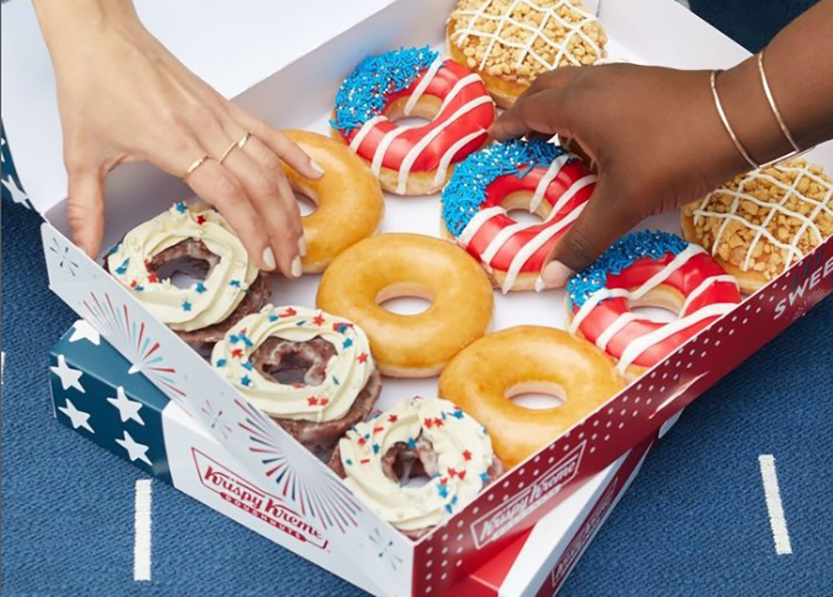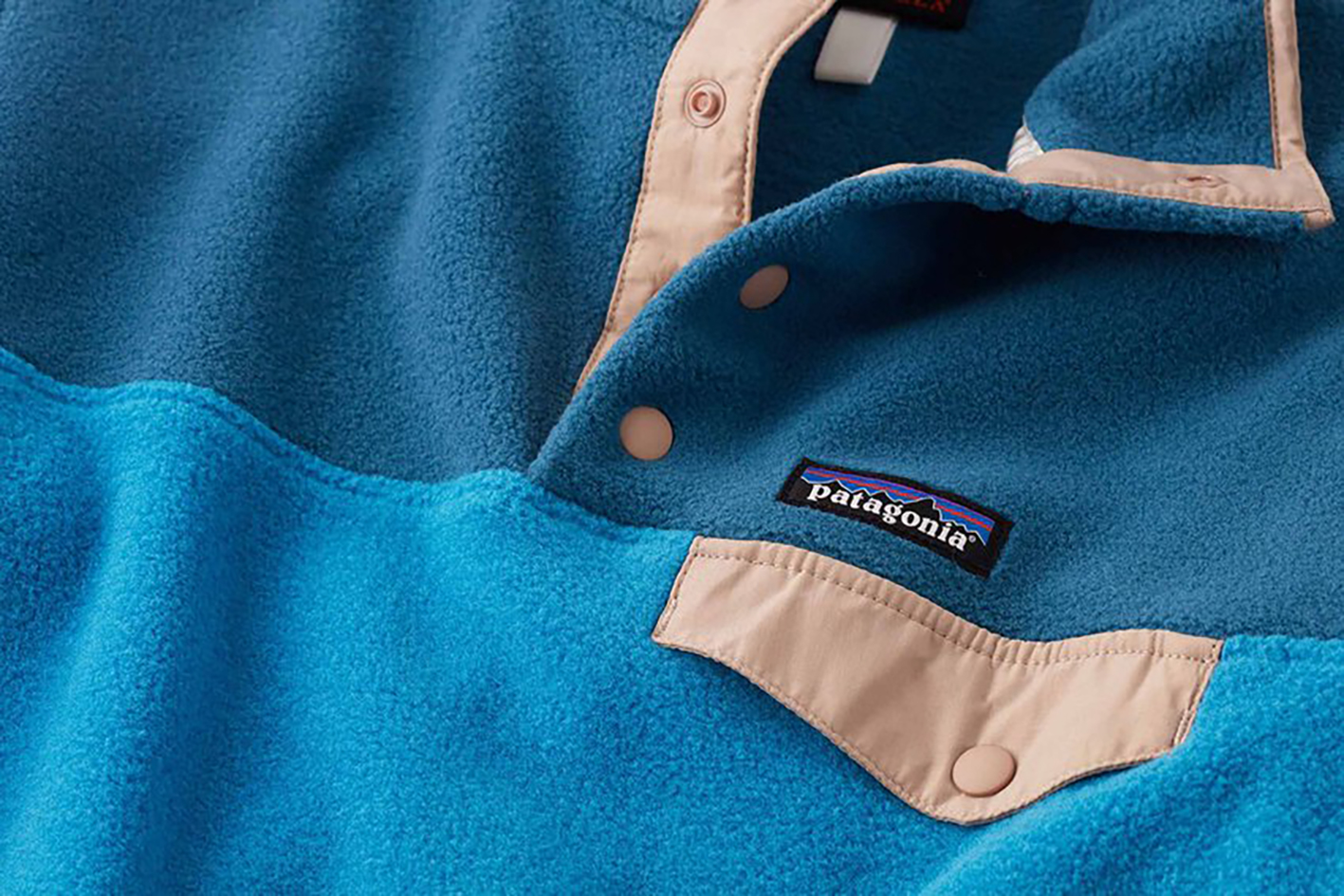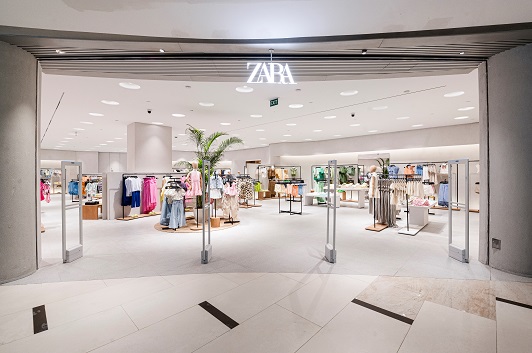These brands shell out the minimum for traditional advertising and yet manage to make a lasting impact on consumers
Bengaluru: Nothing except the mint can make money without advertising goes a quote by the British poet Thomas Babington Macaulay. A Gartner study found that companies spend around 12% of their budgets on advertising, with some even spending 13% if they are large. In fact, global advertising spending is expected to reach nearly $885 billion by the end of 2024, according to Statista.
[bs_input_restrict]
Advertising is crucial to create brand awareness and need for the product. It’s rare to come across brands that don’t advertise. Yet, there are those that have achieved success without relying heavily on traditional advertising methods. These companies have chosen alternative approaches to build brand recognition, connect with their target audience, and drive sales.
Let’s have a look at the brands that spend the least on advertising and still manage to make a lasting impact on consumers.
- Ferrero Rocher

Ferrero Rocher is a chocolate and hazelnut confectionery, founded in 1982. Its merchandise is produced by the Italian company Ferrero, started in 1946 in Alba (Italy) by the young chocolatier Pietro Ferrero. Michele Ferrero (son of Pietro Ferrero) is credited as the creator of Ferrero Rocher.
The brand has adopted a relatively low-key advertising strategy as it established a strong brand reputation and recognition among consumers worldwide with its product consistency and premiumized appearance.
In the financial year (FY) 2021, the company spent $1.7 billion in advertising out of it its total revenue of $15 billion. Furthermore, 28% of the spending was on digital ads, according to Statista.
Even though the company may not advertise extensively, it employs subtle targeted marketing efforts and strategic partnerships. For example, Ferrero Rocher sponsors high-profile events and collaborates with influencers or celebrities who align with its brand values. (Eg: Hrithik Roshan and Sarah Ali Khan campaign for Diwali).
Today, Ferrero Rocher is sold in 140 countries across 5 continents, revealed the company on its website.
- Krispy Kreme

Multinational doughnut company and coffeehouse chain Krispy Kreme was established by American businessman Vernon Rudolph in 1937. Rudolph bought a yeast-raised doughnut recipe from a New Orleans French chef, rented a building in Winston-Salem, North Carolina (NC) and began selling doughnuts to local grocery stores.
In 2021, the company spent roughly $22.4 million on digital ads, up 45% from the roughly $15.4 million it spent in 2020, reported marketing intelligence company Pathmatics.
As per the report, Krispy Kreme expects its customers and employees to become the brand’s best marketers and it also donates doughnuts to various local events.
The company cultivated its customer base through word-of-mouth recommendations instead of traditional media. Also, it invests in highly visible locations and the outlets will always have a large window from the outside into the doughnut-making to lure consumers.
After launching its first retail store in 1989 in NC, Krispy Kreme celebrated the milestone of its 1000th store in 2015. The doughnut retailer reported net revenue growth of 9.2%, in the fourth quarter of 2022 which ended on 1 January 2023, according to its official website.
- Naturals Ice Cream

Indian Ice cream brand Naturals Ice Cream is owned by Mumbai-based Kamaths Ourtimes Ice Creams. The company was founded by Raghunandan Srinivas Kamath who opened its first 200 sq. ft. store at Juhu, Mumbai in 1984.
Naturals Ice Cream is known for its minimalistic approach to advertising and it relies on word-of-mouth marketing since its inception. The company spends less than 1% of its sales revenues on advertising, reveals Economic Times.
It relies on a strong local presence, with multiple outlets across tier 1, tier 2 and tier 3 cities across the country to enhance its popularity among consumers.
Today, Naturals Ice Cream has over 160 outlets across 15 states and major states including Pune, Bengaluru, Delhi, Chennai, and Kolkata according to the company website.
- Patagonia

American retailer of outdoor recreation clothing, Patagonia was founded by rock climber and environmentalist Yvon Chouinard in 1973. The company opened its first store in 1973 in Ventura, selling mountain climbing gear before expanding its product line to apparel created for other outdoor sports.
Patagonia has chosen minimal advertising since it prioritizes sustainability, ethical practices, and reducing its ecological footprint (became B-Corp certified in 2012).
Patagonia spends less than half a per cent of revenue (0.005) on advertising, as per a report by Canadian creative marketing platform HashtagPaid.
The company generally allocates more resources towards initiatives such as supporting environmental organizations, investing in fair trade practices and promoting responsible manufacturing.
Patagonia is known for its impactful marketing initiatives that raise awareness about ethical issues. For example, campaigns such as “Don’t Buy This Jacket” and “Worn Wear” promote responsible consumption and encourage customers to repair and reuse clothing. Also, it generates media attention without relying on traditional advertising methods.
In FY22, the company reported net sales of $257.3 million, according to e-commerceDB, a data gathering platform and partner of Statista.
- Zara

Spanish multinational retail clothing chain Zara was founded in 1975 by the husband-wife duo Amancio Ortega and Rosalía Mera. It is the flagship retail chain of clothing company Inditex Group, which also owns a number of other brands such as Bershka, Massimo Dutti, Oysho, Pull&Bear and Stradivarius. As of January 2023, the company had nearly 3000 stores worldwide, as per Fortune.
The fast-fashion retailer achieved global success with minimal advertising, relying on its prime high-street store locations, strong online/social media presence and quick turnover of inventory.
As per various reports, Zara spends just about 0.3% of its sales on ad promotion. And if a recent article in Your Story has to be believed, it spends nothing on traditional advertising.
Zara also creates a sense of exclusivity by offering limited quantities of its products and by not heavily advertising, it maintains a perception of uniqueness and encourages customers to discover new items before they sell out.
In 2022, the retailer was valued at approximately $13 billion and reported a net income increase of 27% to $4.4 billion in FY (fiscal year) 2022 from $3.25 billion registered a year earlier according to Statista.
[/bs_input_restrict]


